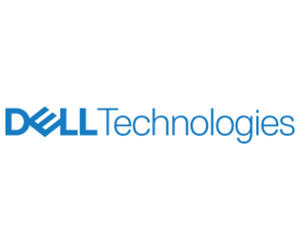The Problem with Ad Hoc Hybrid Cloud Adoption
While ad hoc adoption often forms the front line of hybrid cloud adoption, the IEEE notes that these frameworks “harvest resources from existing sporadically available, non-exclusive and unreliable infrastructures,” making them less than ideal for long-term success.
To help articulate the ideal path of hybrid adoption, Dell developed a cloud consistency continuum with four distinct stages: ad hoc, initiated, optimized and consistent. But making the transition from piecemeal component adoption to productive consistency requires companies to know where they are, identify where they’re going — and understand how to get there.
This starts by defining the difference between ad hoc and effective adoption. Vliet puts it simply: “It’s all about having your data live where it makes the most sense, but also building out simplicity in terms of infrastructure and software to avoid silos.”
Next, it’s critical for companies to understand where current solutions are working and where there’s room for improvement. “Dell works with customers to determine what apps look like and what their pain points are,” says Vliet. “We talk to them about what they’re trying to achieve. For example, it might make sense for a particular app to live in the data center, but you can still use other aspects of the public cloud.”
Create a Hybrid Cloud Roadmap
With the end goal in mind, enterprises can start moving toward a more consistent hybrid cloud.
For Vliet, “the first step is taking a holistic look at their on-premises infrastructure: Are they still using traditional three-tier solutions, or have they embraced hyperconverged infrastructure?” Dell’s VxRail solution — the only HCI tool co-engineered with VMware — can help companies bring legacy frameworks in line with new cloud expectations.
Next, Vliet recommends “doing an application assessment and really sitting down to determine where apps should live,” to create a hybrid cloud roadmap that identifies current cloud conditions, prioritizes specific software shifts and defines key data that needs to stay on-premises.













